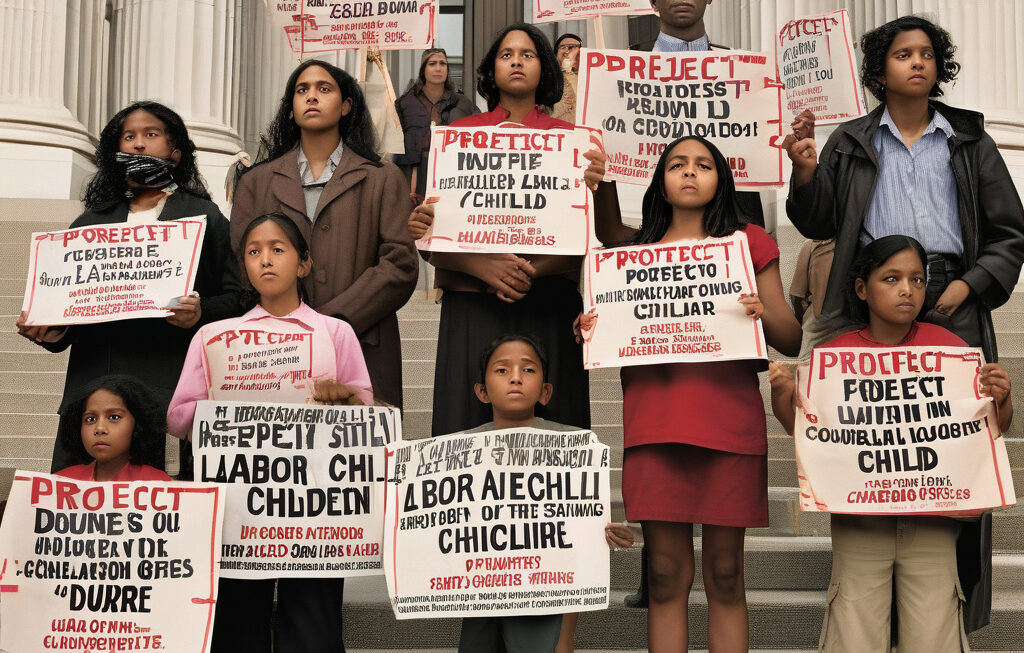Beneath the Surface of Women’s World Cup Marketing
The Women’s World Cup serves as a powerful platform not only for showcasing top-tier athleticism but also for brands to align themselves with the values of female empowerment and equality. Companies like Nike and Adidas have been quick to recognize the immense growth opportunities presented by women’s football, pouring resources into marketing campaigns that celebrate the strength and skill of female athletes. However, as the spotlight on women’s football intensifies, it also reveals a stark reality lurking beneath the surface – the exploitation of women workers in the apparel and footwear supply chain.
While the marketing of women’s football often emphasizes themes of empowerment, diversity, and inclusivity, the disconnect between these messages and the treatment of women workers in the industry is impossible to ignore. Despite the progressive image that brands strive to portray, reports of labor abuses and poor working conditions in factories that produce sportswear and equipment are all too common. These women, who form the backbone of the industry, are often underpaid, overworked, and exposed to unsafe environments, all in the name of meeting the demands of fast fashion and consumer trends.
The juxtaposition of the glorification of women athletes on the field with the exploitation of women workers off the field raises important questions about the sincerity of brands’ commitment to gender equality. It is no longer enough for companies to simply slap a feminist slogan on a t-shirt or feature a female athlete in an ad campaign; consumers are increasingly demanding transparency and accountability throughout the entire supply chain. The rise of social media and digital activism has made it easier for the public to hold brands accountable for their practices, shining a light on the discrepancies between their marketing messages and actions.
In response to these challenges, some companies have begun to take steps towards more ethical and sustainable practices. Initiatives such as Fair Trade certification, supply chain audits, and partnerships with social impact organizations are becoming more common as brands seek to demonstrate their commitment to supporting women at all levels of their operations. By investing in fair wages, safe working conditions, and skills training for women workers, companies can not only improve their public image but also make a meaningful difference in the lives of those who are often marginalized and exploited.
As consumers become more conscious of the social and environmental impact of their purchasing decisions, the pressure is on for brands to align their marketing narratives with tangible actions that support and empower women. The Women’s World Cup presents a unique opportunity for companies to not only showcase their products but also to champion gender equality in a meaningful way. By delving beneath the surface of women’s football marketing and addressing the systemic issues within the supply chain, brands can truly make a positive impact that extends far beyond the final whistle.
In the end, the success of women’s football should not be measured solely by the number of jerseys sold or the viewership numbers, but by the real and lasting change it brings about for women around the world, both on and off the field.
women’s world cup, marketing, female empowerment, supply chain, gender equality












